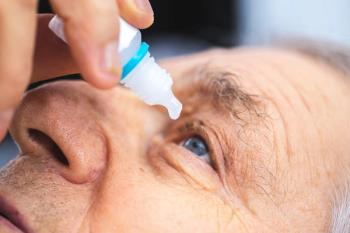
VEW 2024: Making AI a friend of your practice, not foe
Easy Anayama offers tips and tricks for leveraging AI in your practice.
At Vision Expo West 2024 in Las Vegas, Nevada, Easy Anyama, a member of the AI panel on the Innovation Stage, provides insights and guidance on how to leverage AI in a way that benefits your practice. The primary goal is to demonstrate how AI can benefit optometry and dispel any fears or misconceptions about the technology.
Anyama introduces the topic, explaining that the discussion will cover practical solutions and industry expert perspectives on integrating AI into various aspects of optometry, from clinical care to administration. The focus is on helping optometrists understand how to effectively utilize AI tools and overcome any hesitation about adopting them. One of the key benefits Anyama highlights is the potential for improved communication, both with patients and other healthcare providers. AI tools can assist in personalizing patient education materials, such as translating them into different languages, to enhance understanding and engagement.
Sharing his own experience with AI, Anyama emphasizes the importance of managing expectations when it comes to AI. He advises optometrists to set clear goals, understand their workflows, and involve all relevant stakeholders before implementing any AI solutions. Maintaining realistic expectations and taking a measured, low-risk approach is crucial for successful integration.
Anyama also addresses the common misconception that AI is a monolithic entity, explaining that it encompasses various sub-sectors, each with its own pace of advancement. He argues that the fear surrounding AI is often fueled by marketing hype, rather than the actual capabilities of the technology. The real concern, he suggests, should be the risk of falling behind if optometrists fail to adopt AI tools, as other industry players may gain a competitive advantage.
To help optometrists navigate the AI landscape, Anyama outlines some common pitfalls to avoid, such as using private information in public chatbots or blindly trusting AI-generated outputs. He emphasizes the importance of finding tools specifically designed for eye care and aligning them with the practice's unique workflows.
In conclusion, Anyama encourages optometrists to embrace AI, take small, low-risk steps, and explore the potential benefits it can bring to their practice and patient care. He believes that with the right approach and understanding, AI can be a powerful tool that can significantly enhance the optometry profession.
Newsletter
Want more insights like this? Subscribe to Optometry Times and get clinical pearls and practice tips delivered straight to your inbox.









































